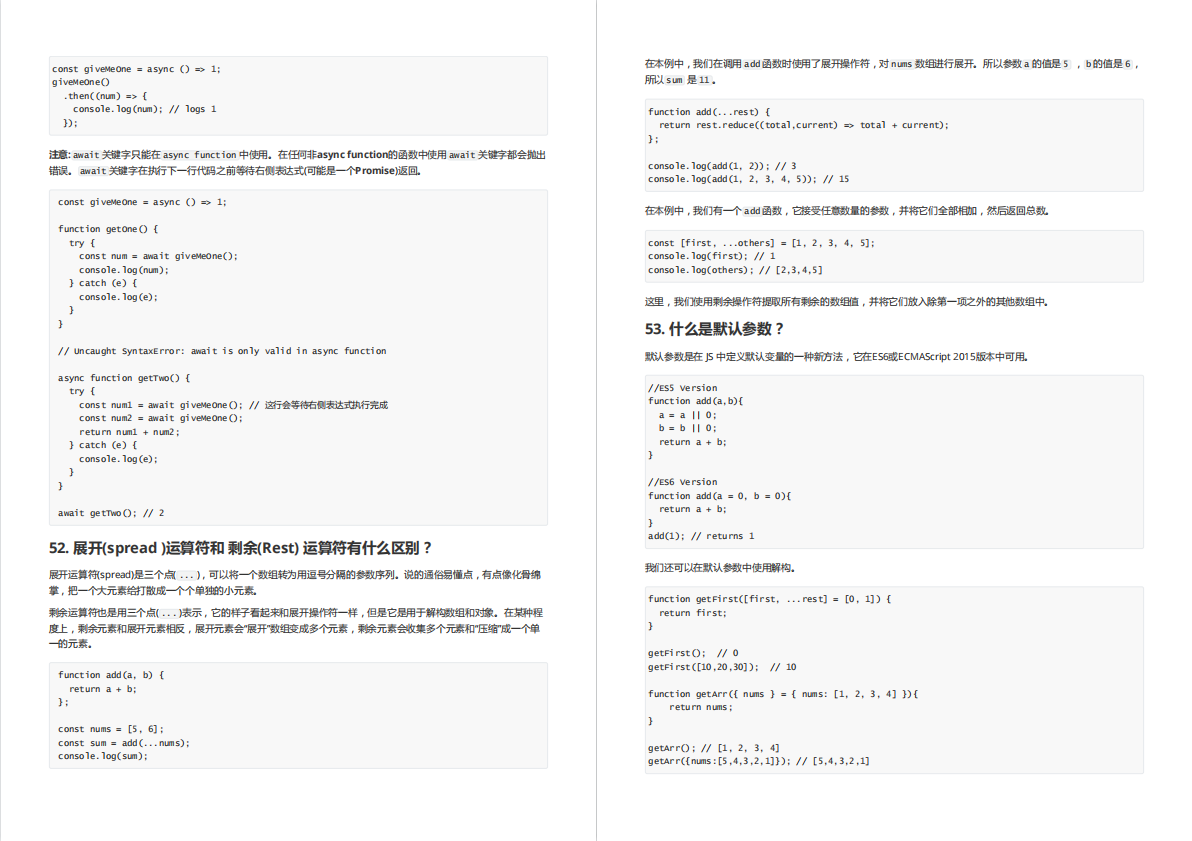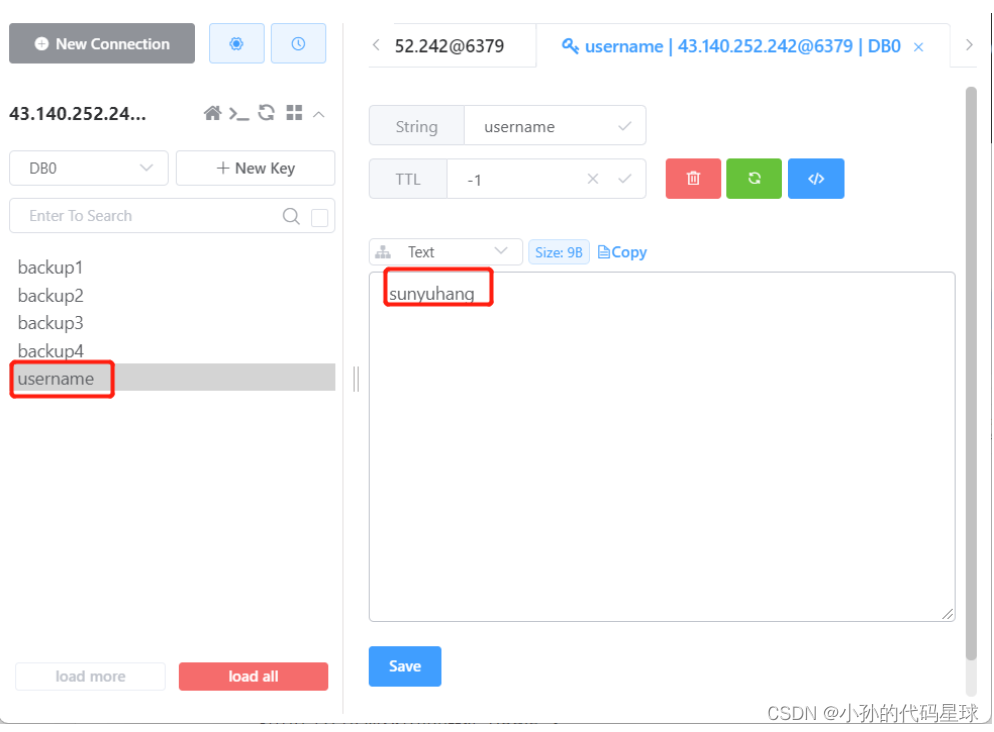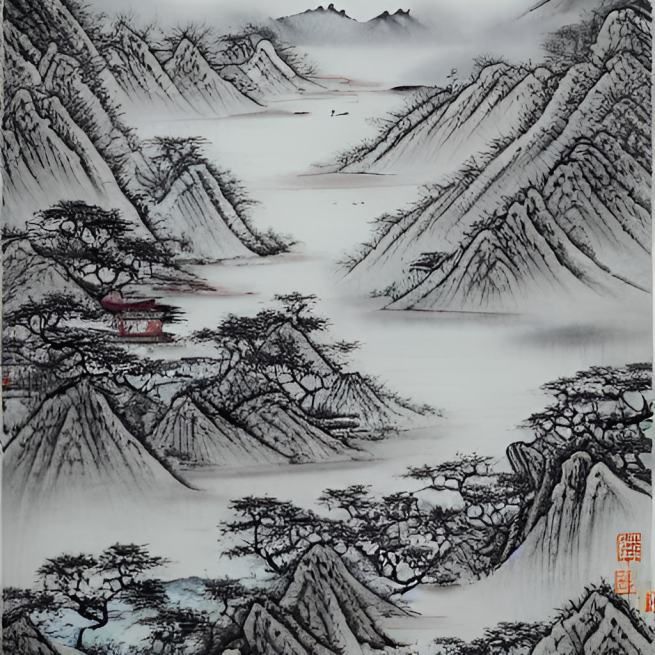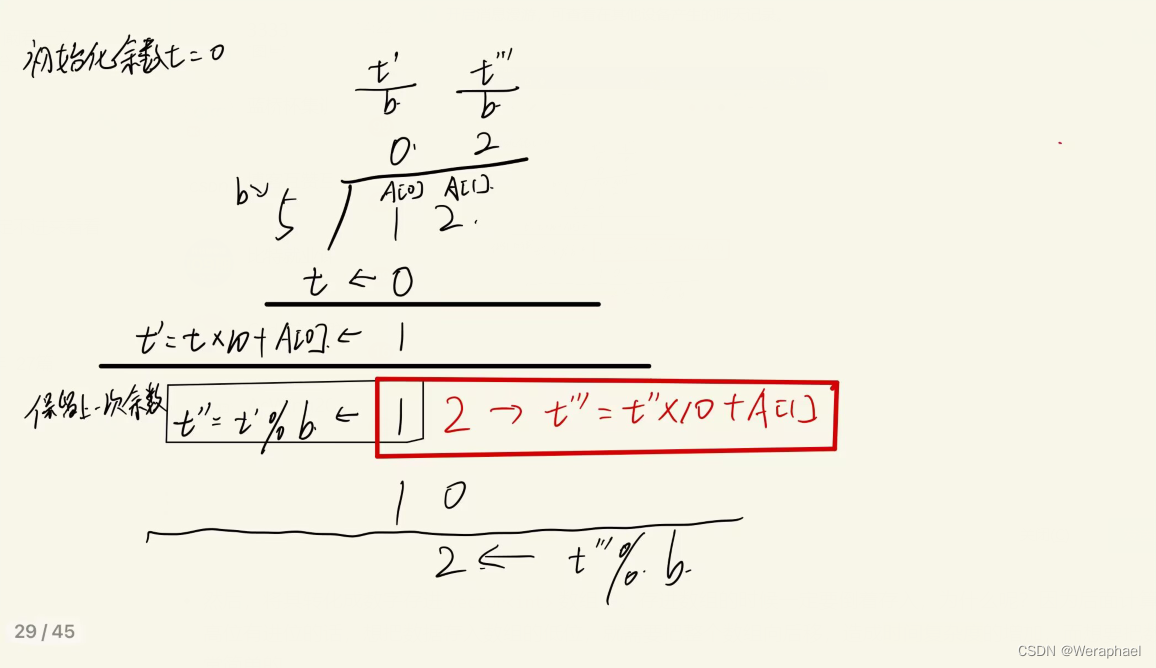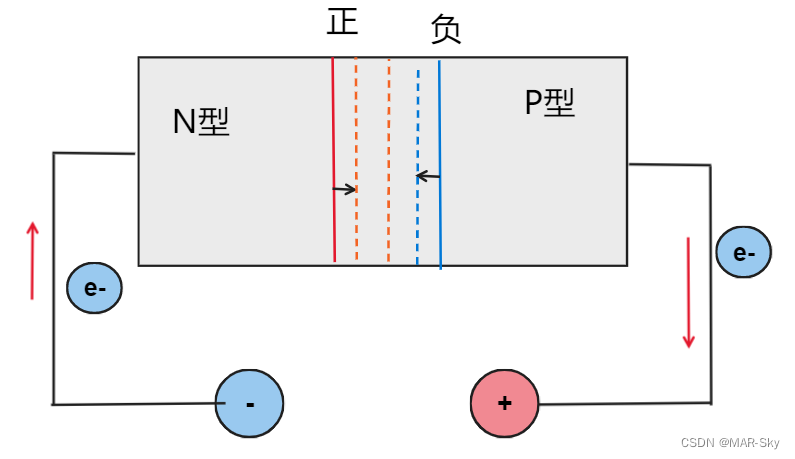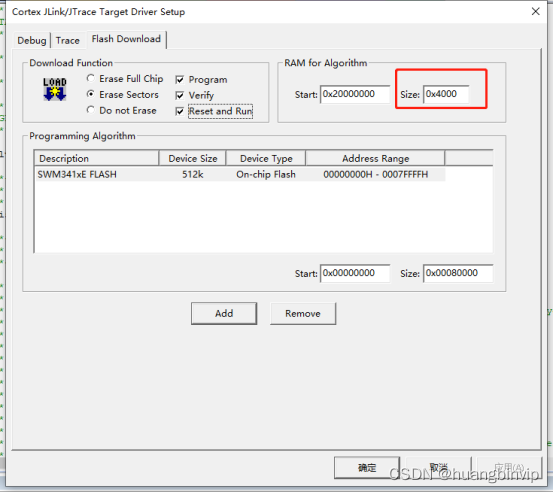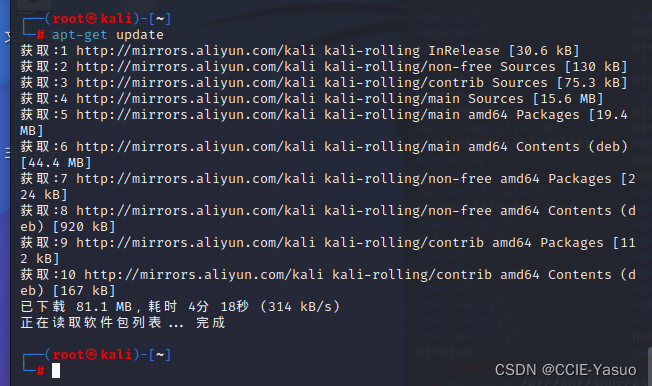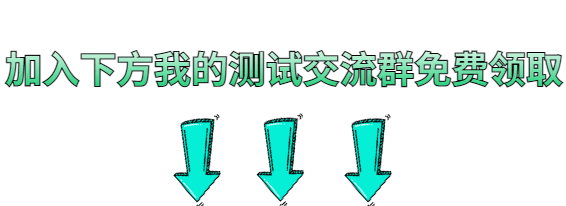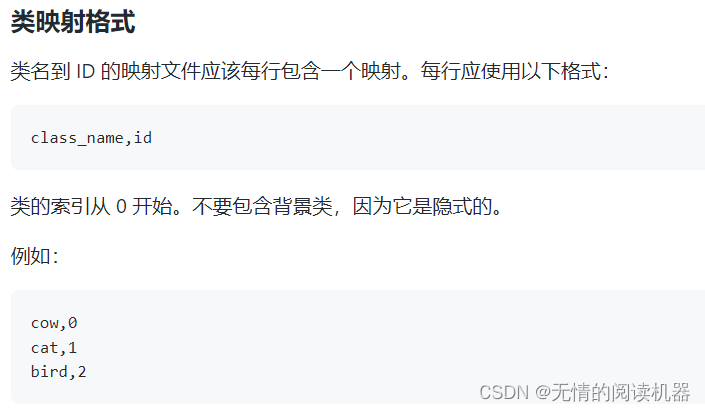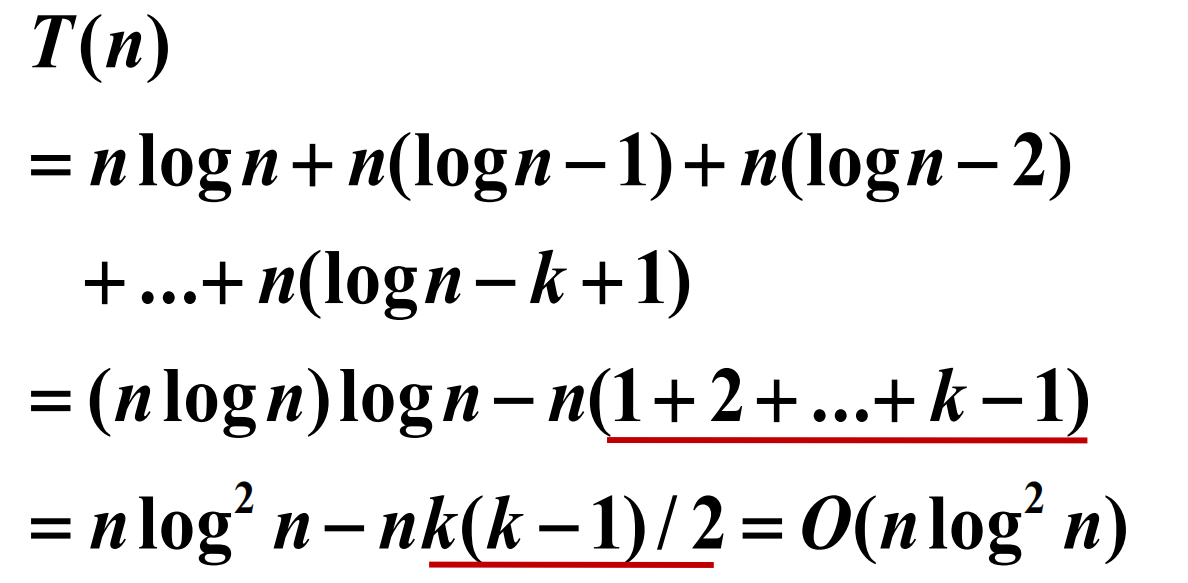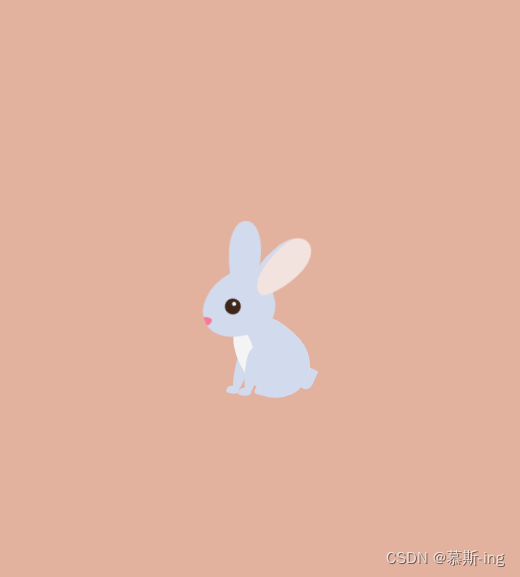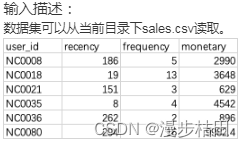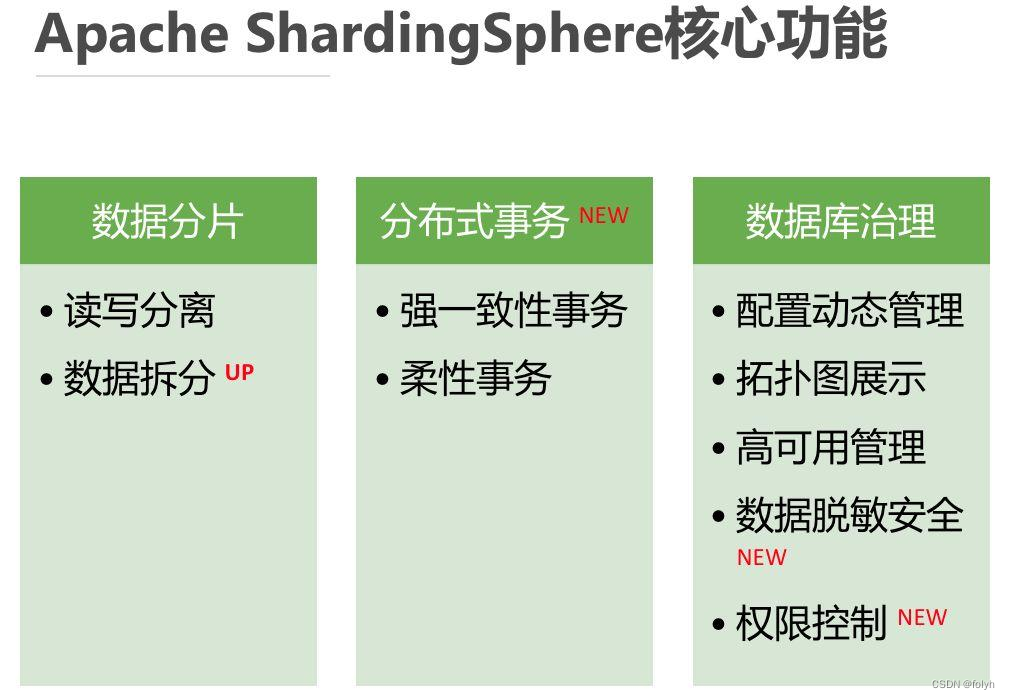文章目录
- 基本原理
- open3d调用
- 绘图
基本原理
ICP, 即Iterative Closest Point, 迭代点算法。
ICP算法有多种形式,其中最简单的思路就是比较点与点之间的距离,对于点云 P = { p i } , Q = { q i } P=\{p_i\}, Q=\{q_i\} P={pi},Q={qi}而言,如果二者是同一目标,通过旋转、平移等操作可以实现重合的话,那么只需要固定 Q Q Q而不断地旋转或平移 P P P,最终二者一定能最完美地重合。
设旋转 P P P的矩阵为 R R R,平移矩阵为 t t t,在完美匹配的情况下,必有 q i = R p i + t q_i = Rp_i + t qi=Rpi+t。
又因三维点云不具备栅格特征,故而很难保证 q i q_i qi和 p i p_i pi是同一点,所以要使得目标函数最小化
arg min R , t 1 2 ∑ i = 1 n ∥ q i − R p i − t ∥ 2 \argmin_{R,t}\frac{1}{2}\sum^n_{i=1}\Vert q_i-Rp_i-t\Vert^2 R,targmin21i=1∑n∥qi−Rpi−t∥2
1992年Chen和Medioni对此方案进行了改进,提出了点对面的预估方法,其目标函数为
arg min R , t 1 2 ∑ i = 1 n [ ( q i − R p i ) ⋅ n p ] 2 \argmin_{R,t}\frac{1}{2}\sum^n_{i=1}[(q_i-Rp_i)\cdot n_p]^2 R,targmin21i=1∑n[(qi−Rpi)⋅np]2
其中 n p n_p np是点 p p p的法线,这种方案显然效率更高。
open3d调用
open3d中实现了ICP算法,参数如下
registration_icp(source, target, max_correspondence_distance, init, estimation_method, criteria)
source为点云
P
P
P,target为目标点云
Q
Q
Q,max_correspondence_distance为匹配点在未匹配时的最大距离,init为初始变化矩阵,默认为单位矩阵;criteria为精度。
estimation_method可以理解为上面提到的两种方案,下面选择点对点ICP方法进行计算
import numpy as np
import open3d as o3d
pipreg = o3d.pipelines.registration
pcd = o3d.data.DemoICPPointClouds()
src = o3d.io.read_point_cloud(pcd.paths[0])
tar = o3d.io.read_point_cloud(pcd.paths[1])
th = 0.02
trans_init = np.array([
[0.862, 0.011, -0.507, 0.5], [-0.139, 0.967, -0.215, 0.7],
[0.487, 0.255, 0.835, -1.4], [0.0, 0.0, 0.0, 1.0]])
reg = pipreg.registration_icp(
src, tar, th, trans_init,
pipreg.TransformationEstimationPointToPoint())
print(reg.transformation)
''' 变换矩阵
[[ 0.83924644 0.01006041 -0.54390867 0.64639961]
[-0.15102344 0.96521988 -0.21491604 0.75166079]
[ 0.52191123 0.2616952 0.81146378 -1.50303533]
[ 0. 0. 0. 1. ]]
'''
print(reg)
print(reg)的返回信息如下,表示点云配准的拟合程度
RegistrationResult with fitness=3.724495e-01, inlier_rmse=7.760179e-03, and correspondence_set size of 74056 Access transformation to get result.
绘图
为了对比配准前后的区别,对src和tar放在图中对比
import copy
srcDraw = copy.deepcopy(src)
tarDraw = copy.deepcopy(tar)
srcDraw.paint_uniform_color([1, 1, 0])
tarDraw.paint_uniform_color([0, 1, 1])
srcDraw.transform(tf)
o3d.visualization.draw_geometries([srcDraw, tarDraw])
此为原图,可以看到两组点云完全是错位的

srcDraw = copy.deepcopy(src)
tarDraw.paint_uniform_color([0, 1, 1])
srcDraw.transform(reg.transformation)
o3d.visualization.draw_geometries([srcDraw, tarDraw])
得到结果如下,可见两组不同颜色的点云已经几乎重合到了一起

